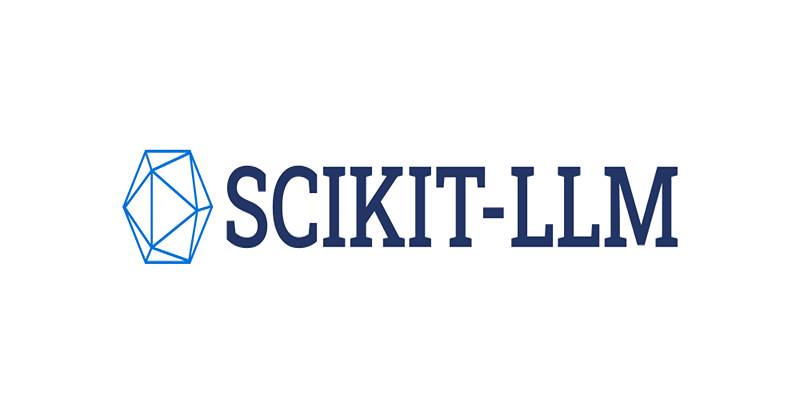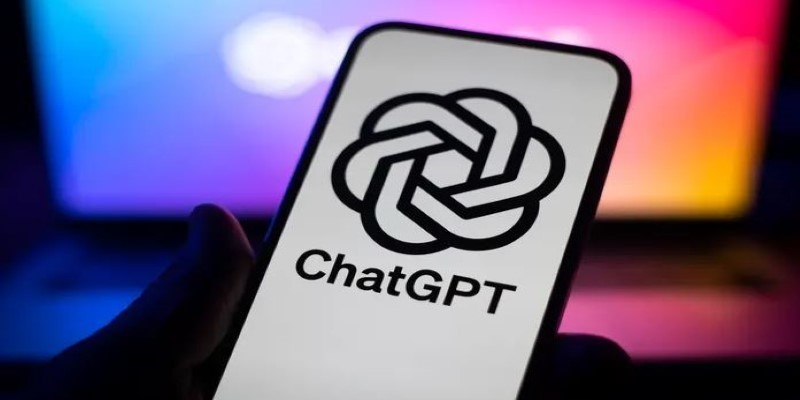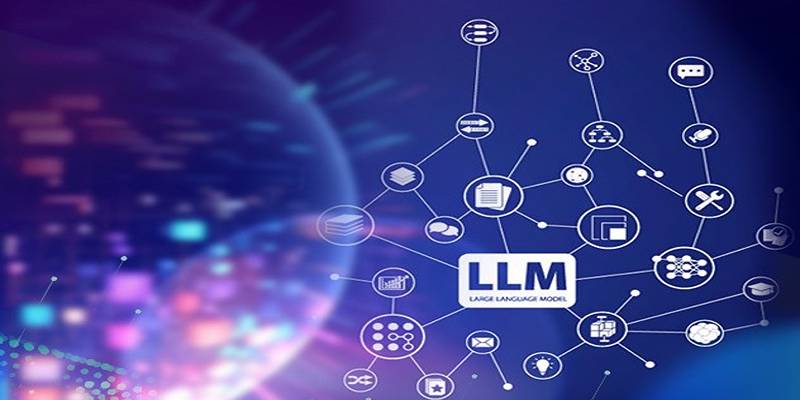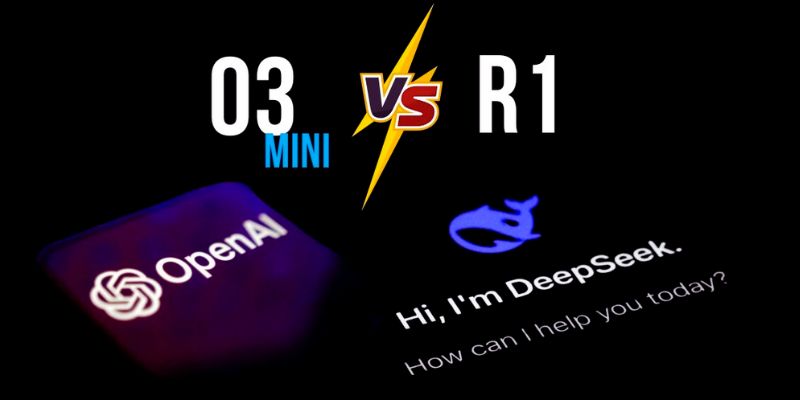As artificial intelligence continues to shape the digital future, developers are increasingly relying on open-source AI libraries to build efficient, scalable, and intelligent applications. These libraries offer not only cost-free access but also a community-driven environment that fosters innovation and learning.
Whether the goal is to train deep learning models, analyze images, work with language models, or deploy machine learning pipelines, there’s likely an open-source tool already built to make the process easier. This post highlights ten of the most powerful and developer-friendly open-source AI libraries in 2025, each offering unique features that can significantly boost productivity and project quality.
1. TensorFlow
TensorFlow, developed by Google, remains one of the most versatile AI libraries available. It's widely used for building machine learning and deep learning models, both in research and production.
Why TensorFlow Stands Out
- Offers flexibility for research and enterprise applications
- Provides tools like TensorBoard for visualization
- Supports GPU and TPU acceleration for faster model training
- Works seamlessly with Keras for high-level API use
Due to its scalability and production-ready features, TensorFlow continues to be a go-to choice for both individual developers and large organizations.
2. PyTorch
PyTorch, backed by Meta (Facebook), has gained massive popularity due to its dynamic computation graph and Pythonic coding style. It is a preferred library in academic circles and is increasingly used in commercial products.
Key Advantages of PyTorch
- Ideal for quick prototyping and experimentation
- Offers native support for tensor operations and automatic differentiation
- Supports distributed training across multiple GPUs
- Integrates well with visualization libraries and debugging tools
Its community-driven development and growing ecosystem make PyTorch a powerful alternative to TensorFlow.
3. scikit-learn
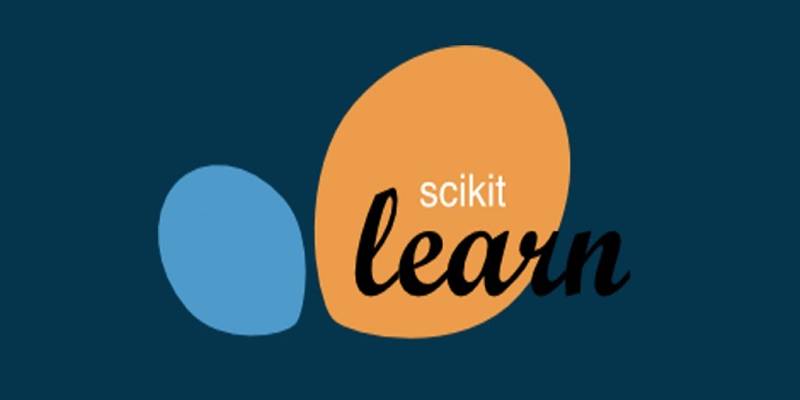
For developers focusing on traditional machine learning rather than deep learning, scikit-learn is a powerful and reliable library. It is based on NumPy, SciPy, and matplotlib and gives you easy-to-use tools for data processing and mining.
What Developers Get from scikit-learn
- Robust implementations of classic algorithms like SVM, random forests, and k-means
- Simple interface for training and evaluating models
- Great for academic use and quick deployments
- Strong documentation and community support
Scikit-learn is often the first step for developers learning the basics of AI.
4. Hugging Face Transformers
In the domain of Natural Language Processing (NLP), Hugging Face Transformers is a leading open-source solution. This library offers access to powerful pre-trained models for tasks such as text classification, translation, and question-answering. Developers can use it to integrate advanced language capabilities into their apps with just a few lines of code.
Highlights of Hugging Face Transformers
- Supports top models like BERT, RoBERTa, and GPT
- Compatible with PyTorch and TensorFlow
- Allows fine-tuning on custom datasets
- Includes Tokenizers and Datasets sub-libraries
Its ease of use and extensive model repository make it a favorite among developers building NLP tools.
5. OpenCV
OpenCV (Open Source Computer Vision Library) is the go-to library for computer vision tasks. It enables developers to perform real-time image and video analysis.
Why OpenCV is Essential
- Offers facial recognition, object detection, and motion tracking
- Provides more than 2500 optimized algorithms
- Integrates with deep learning models from other frameworks
- Runs efficiently on both desktop and mobile devices
Its application spans robotics, augmented reality, and autonomous vehicles.
6. Keras
Keras, now fully integrated with TensorFlow, is a high-level neural networks API designed to enable fast experimentation. It abstracts many complexities of deep learning and offers a beginner-friendly way to build and train models.
Key Benefits of Keras
- Minimalist and modular design
- Rapid prototyping capabilities
- Intuitive and consistent API
- The rich ecosystem of pre-trained models
Keras is ideal for developers who are new to deep learning or want to build models quickly without diving into lower-level code.
7. LangChain
LangChain is a relatively new but fast-growing library focused on applications using large language models (LLMs). It is designed to make LLMs more interactive and usable for real-world scenarios. LangChain helps developers create applications that go beyond static prompts by enabling context-based reasoning, dynamic document processing, and integration with external APIs.
What LangChain Offers Developers
- Framework for LLM-powered applications like chatbots and AI agents
- Native support for memory, retrieval, and chaining mechanisms
- Integrations with vector stores like Qdrant and Pinecone
- Supports OpenAI, Claude, and open-source models
Its flexibility makes it an important tool in the evolving field of LLM-based app development.
8. Fastai
Fastai builds on PyTorch and simplifies deep learning to the point where even beginners can build powerful models with just a few lines of code.
Fastai in Action
- Offers high-level components for computer vision, text, tabular, and time series tasks
- Provides automatic learning rate finding and model interpretation
- Great for transfer learning and pre-trained models
- Includes interactive Jupyter notebooks for hands-on learning
Fastai’s philosophy of making AI more accessible continues to attract a growing user base.
9. MLflow
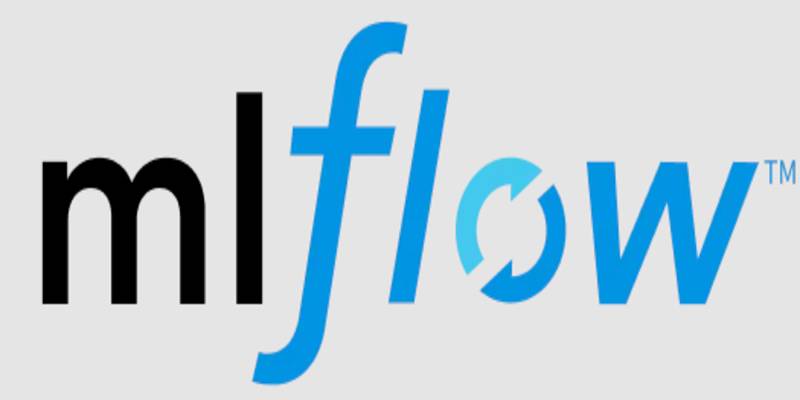
MLflow is an open-source platform developed by Databricks to manage the lifecycle of machine learning models. It’s especially useful in production environments where tracking, versioning, and reproducibility are critical.
Features That Help Developers
- Track experiments with parameters, code, and metrics
- Package models in a standard format for deployment
- Manage model versions with the MLflow Registry
- Integrate with popular ML libraries and tools
MLflow addresses one of the major pain points in AI development: maintaining control and visibility across multiple models and iterations.
10. XGBoost
XGBoost is a powerful gradient-boosting framework optimized for speed and performance. It’s widely used in data science competitions and real-world applications where structured data is involved.
What Makes XGBoost Special
- Handles missing data and overfitting well
- Supports parallel and distributed computing
- Includes interfaces for Python, R, Java, and C++
- Often delivers top performance with less tuning
XGBoost remains a solid choice for any developer looking to build predictive models efficiently.
Conclusion
In conclusion, open-source AI libraries are essential tools that empower developers to build intelligent applications with greater speed and precision. Each library—whether it's TensorFlow for scalability, PyTorch for flexibility, or Hugging Face for NLP—serves a unique purpose in the AI ecosystem. These tools reduce development time, offer access to cutting-edge models, and promote collaboration through strong community support. As the demand for smarter applications grows, mastering these libraries can give developers a significant edge.
